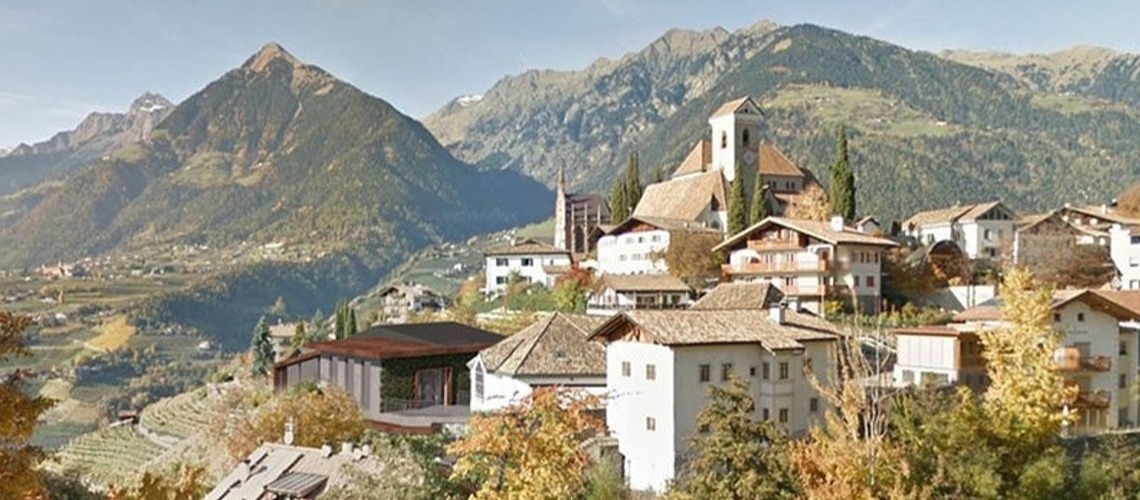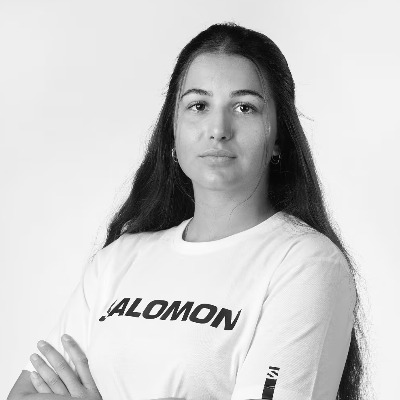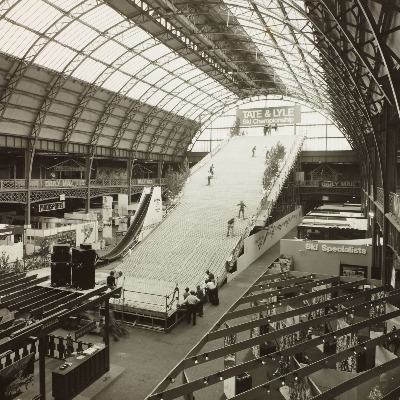Meran-Schenna Funicular Approved

The state government has approved the project for a Meran-Schenna funicular. The project is now being handed over in Rome to receive PNRR funds for it.
Improving mobility in the greater Meran area and making it more sustainable: That is what the project for the construction of a Meran-Schenna funicular and the associated expansion of the Meran, Schenna and Tyrol bus lines is all about. This was underlined by the regional mobility councillor, head of mobility department Martin Vallazza, cable car planner Andrea Boghetto and mobility expert Stefano Ciurnelli on Monday evening (29 August) in Meran. There the project was presented to community representatives and interest groups. A total of 250 citizens attended the presentation.
On August 30, the state government classified the project as necessary and approved it. This is important, because the country could receive money from the state reconstruction fund (PNRR) for the financing. Projects for sustainable mobility are subsidized from this.
Many advantages: less car traffic, less travel time and less carbon dioxide emissions
According to technicians, the new mobility solution for Meran and the surrounding area should bring a whole range of advantages: traffic with private cars should be reduced by 26 percent. Anyone who travels by public transport can save ten percent of the previous travel time. In addition, carbon dioxide emissions are reduced by 1400 tons per year. Overall, traffic using public transport will increase from 22 percent to 42 percent. The funicular is to transport 6,700 people per day and the expanded bus lines are to transport 9,000 people per day, the technicians have calculated.
Funicular Meran - Schenna
The existing Karl Wolf car park was chosen as the starting point for the funicular to Schenna, since bus stops and other car parks can be set up there. The valley station is to be built there in the northern area, accessible via ramps. The proposed single-track solution consists of two shuttle trains, each with a maximum of 180 passengers, between the two end stations. The terminus in Schenna is to be built next to the club house. From Meran, the route runs in a tunnel in the direction of Schenna and reaches the industrial area of Tyrol, near which a first intermediate station is planned, which can serve as an intermodal transfer point for passengers from the Passeier Valley. The route then continues via a viaduct on the orographic right side of the Passer and crosses the river in front of the existing bicycle bridge. After that, the second intermediate station is near the Schenna sports field, before the last section runs uphill via a climb in a tunnel to the village of Schenna. Overall, the entire route should cover a horizontal length of 2.75 kilometers. The technicians give the journey time as 9.3 minutes.
Expansion of the Meran, Schenna and Tyrol bus routes
An electric express bus connection (BRT) planned with this project over a distance of around ten kilometers and with around 20 stops would connect the most important points in Meran with each other: Meran train station, Meran Hospital, Karl Wolf school center, valley station of the funicular to Schenna, the thermal baths, the City center, the promenade to the intermediate station of the funicular at the artisan zone of Tyrol. The twelve 18-meter-long buses, each for 130 passengers, are to be provided by the state's in-house company SASA AG. This connection with priority lanes for the buses means that fewer buses would have to run in the center of Meran, but the connections for Meran as a whole would be improved, according to the planners.
Approval from the community representatives at the project presentation in Meran
At the project presentation in Meran, the president of the district community, Luis Kröll, gave a historical outline of the various studies and feasibility studies on the project. The idea of a road-free traffic solution has been around for over ten years. The Mobility Provincial Council referred to the great opportunity that would result from cross-financing the project for the greater Meran area with Schenna, Tyrol and the Passeier Valley. New mobility solutions are needed to consistently relieve inner cities of individual traffic. However, the funicular is only part of a series of accompanying measures.
Cableway planner Boghetto and mobility planner Ciurnelli went into technical details. Boghetto highlighted the project including the route, the height and longitudinal profiles, while Ciurnelli went into the accompanying measures for new bus connections and explained the forecast traffic data. The three mayors of the municipalities of Meran, Schenna and Tyrol addressed those elements that affected their respective municipality, but unanimously emphasized a general approval of the project.














